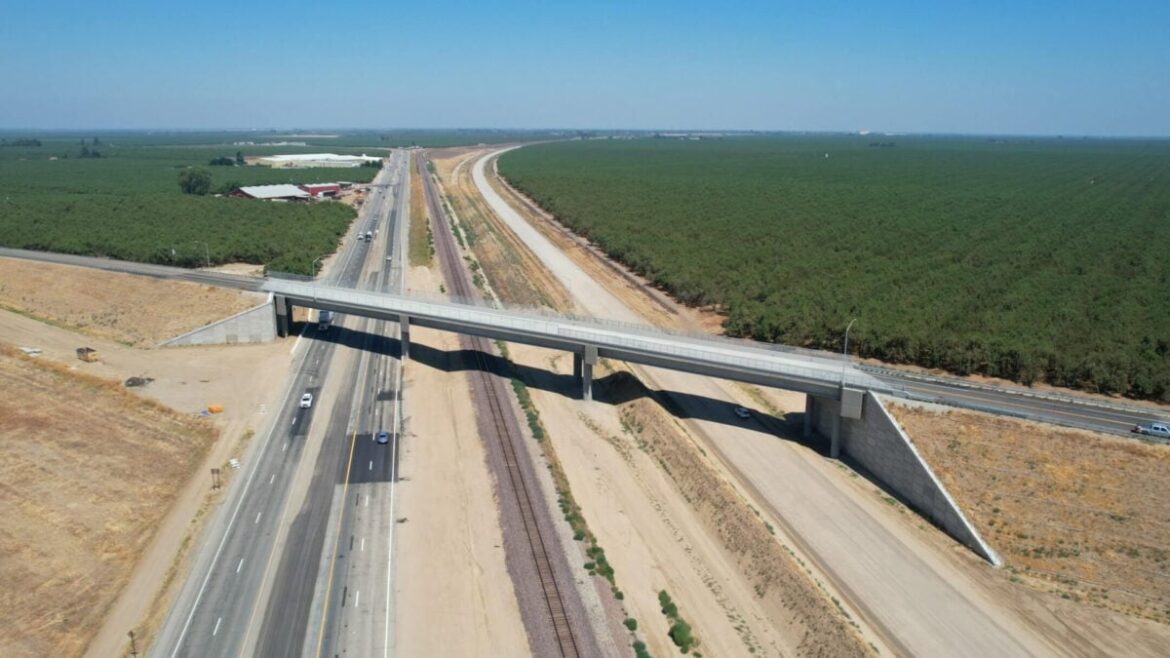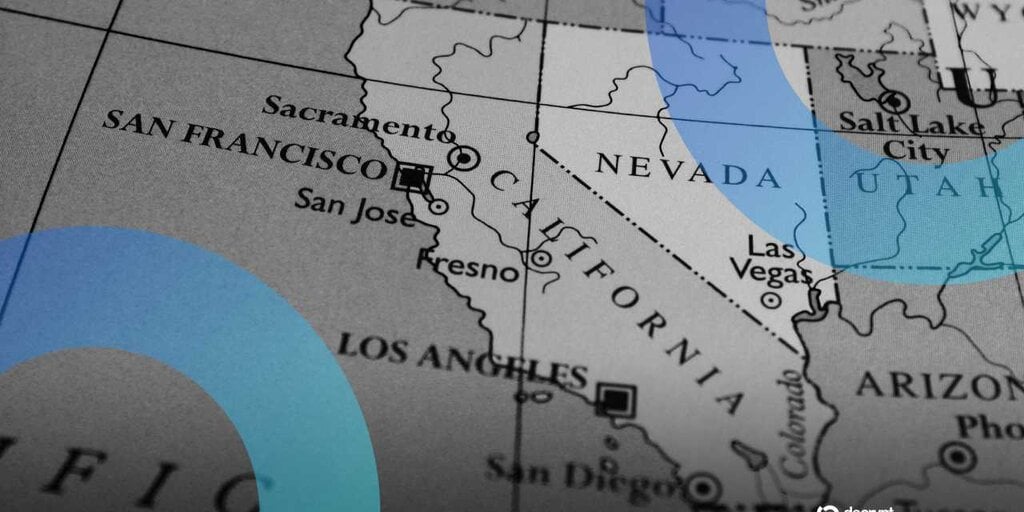A California bill that would require operating system and app store providers to verify users’ ages before they can download apps has cleared the Assembly 58-0, and will now move on to Gov. Gavin Newsom, Politico reports. The Digital Age Assurance Act (AB 1043), introduced by Assemblymember Buffy Wicks, does not require photo identification for verification, but puts the onus on the platforms to provide tools for parents to indicate the user’s age during a device’s setup, and use this information steer kids toward age-appropriate content and screen time.
It comes after Utah and Texas both adopted app store age verification laws earlier this year that have been criticized as posing potential privacy risks, and faced opposition from the likes of Google and Apple. The California bill has been received more positively by Big Tech, with Google, Meta and others putting out statements in support of it in the leadup to a Senate vote on Friday. Kareem Ghanem, Google’s Senior Director of Government Affairs & Public Policy, called the bill “one of the most thoughtful approaches we’ve seen thus far to the challenges of keeping kids safe, recognizing that it’s a shared responsibility across the ecosystem.” Gov. Newsom now has until October 13 to sign or veto the bill, according to Politico.



